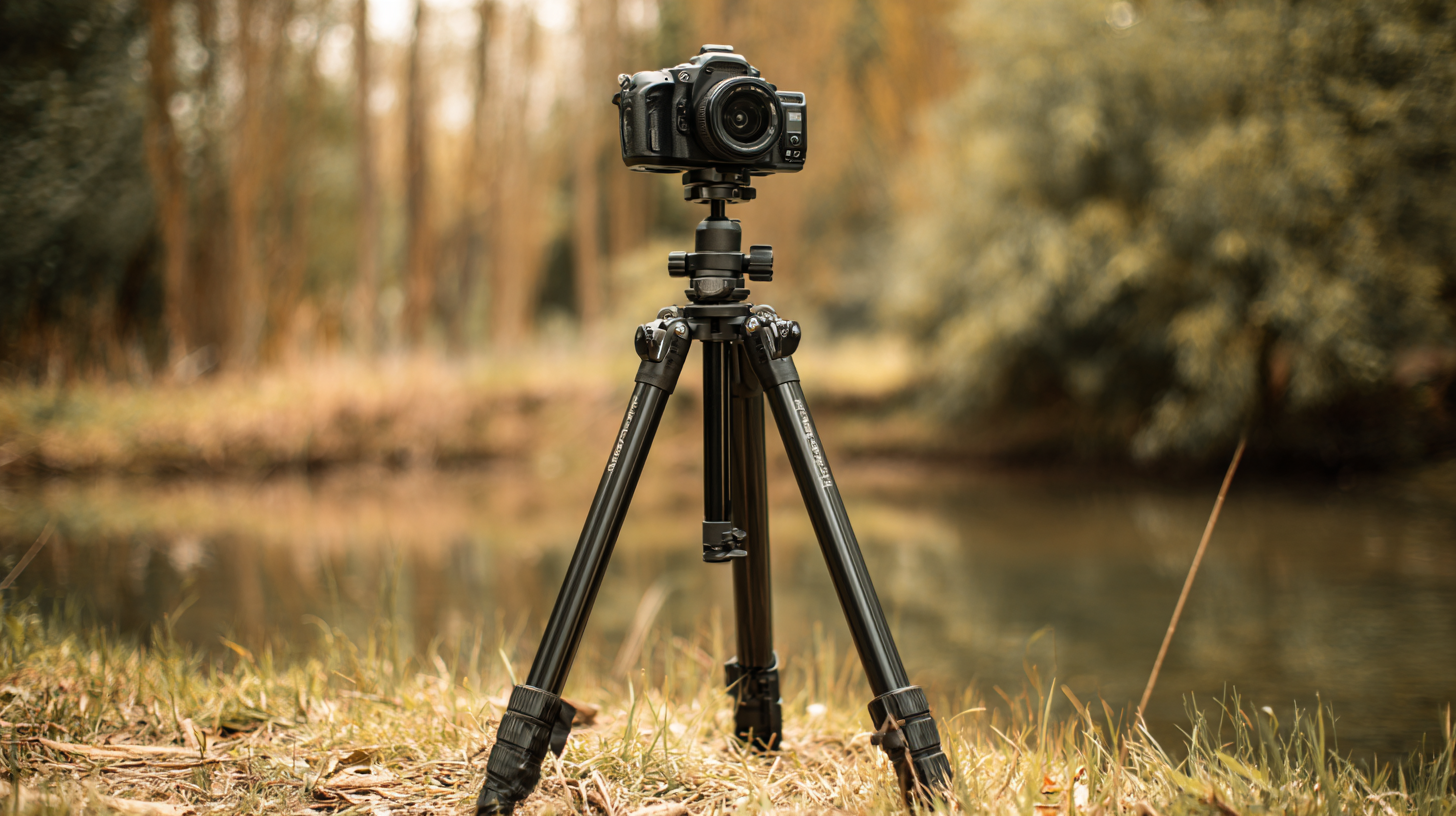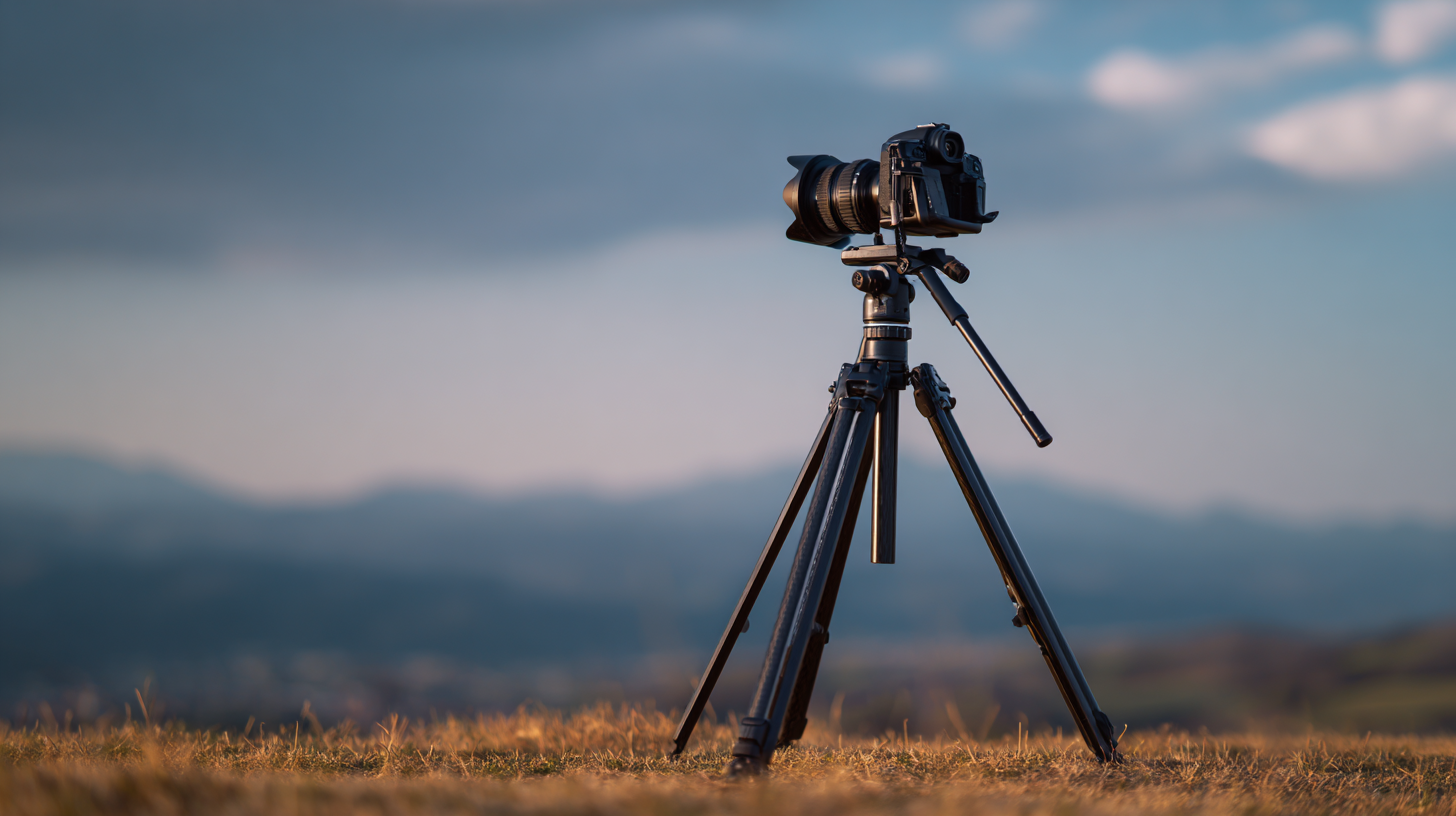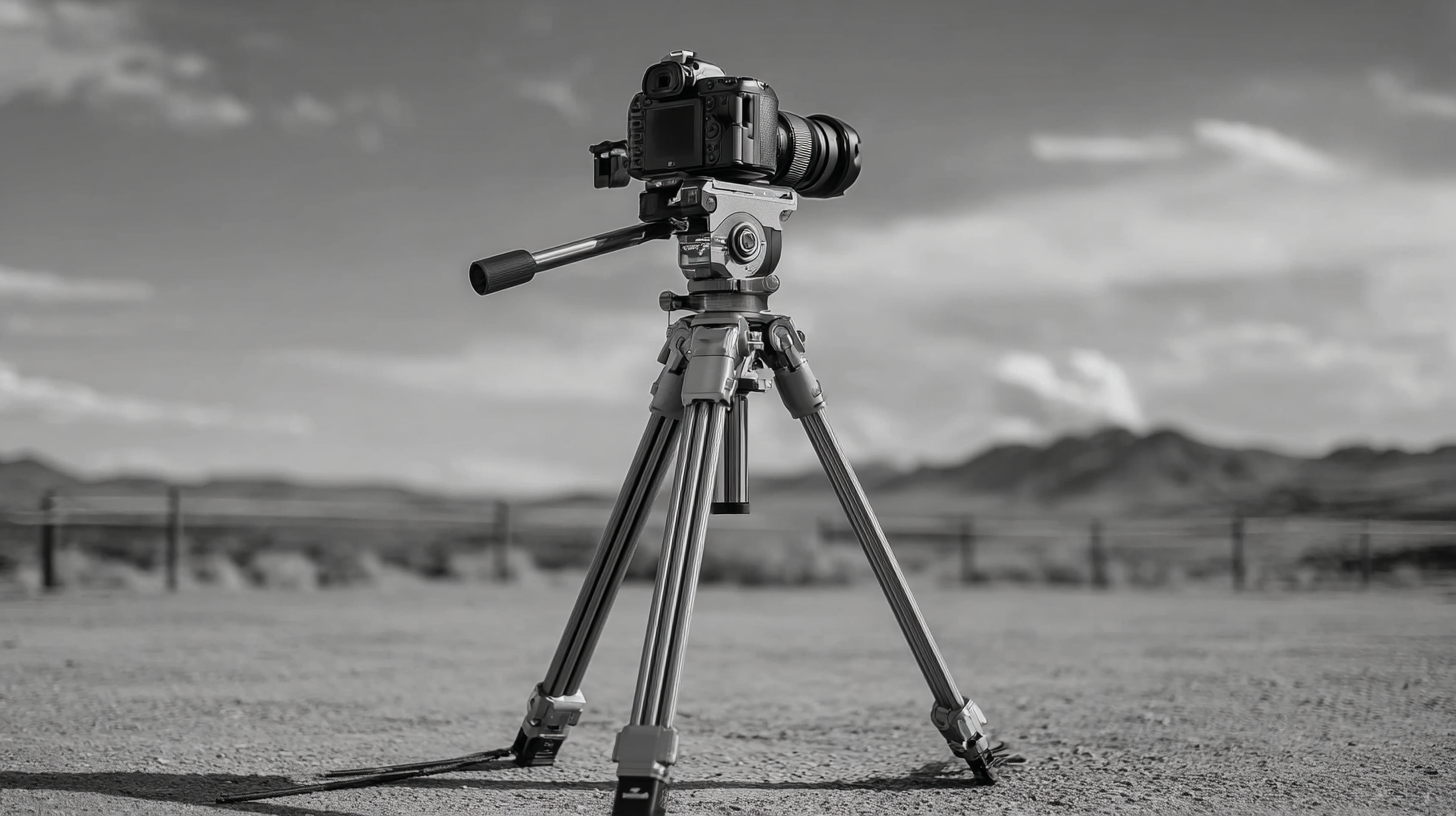In the fast-evolving world of photography and videography, the significance of a sturdy and reliable Professional Tripod cannot be overstated. A recent report from the Camera and Imaging Products Association highlights that 75% of professional photographers cite stability as a critical factor in achieving high-quality shots, while 68% point to precision as essential for capturing intricate details. With countless options available on the market, making an informed decision can be daunting. Factors such as build quality, weight, height range, and versatility play pivotal roles in enhancing the overall shooting experience. This Ultimate Checklist for Choosing the Perfect Professional Tripod aims to streamline your selection process, ensuring you maximize both stability and precision in every shot. By understanding key comparison attributes, you can select a tripod that not only meets your professional needs but also elevates your creative potential.

When selecting a professional tripod, it’s essential to focus on key features that will enhance both stability and precision in your photography. First and foremost, consider the material and construction of the tripod. Carbon fiber tripods offer a lightweight yet sturdy option that minimizes vibrations, making them ideal for long exposure shots or when shooting in windy conditions. Conversely, aluminum tripods are generally more affordable and provide substantial stability, suitable for many photographers’ needs.

Another critical feature is the tripod head. A fluid head is perfect for videographers as it allows smooth panning and tilting, while a ball head offers more versatility for photographers, enabling quick adjustments to angles. Additionally, check the weight capacity; ensuring your tripod can safely support your camera and any additional gear will prevent accidents during shoots.
Lastly, features such as easy height adjustment, rubber feet for grip, and quick-release plates can significantly enhance your shooting experience, making it easier to adapt to various environments and achieve the perfect shot every time.
When selecting the right professional tripod, it's essential to understand the various types available and their specific uses. The most common types include traditional tripods, monopods, and specialty tripods like gorillapods.
Traditional tripods offer stability and precise adjustments with three legs, making them ideal for landscape, portrait, and long-exposure photography. On the other hand, monopods are excellent for situations where space is tight or quick movements are necessary, providing balance without the bulk of a full tripod.
Specialty tripods, such as gorillapods, bring versatility to the table. Their flexible legs can wrap around objects or be adjusted to uneven surfaces, perfect for adventurous outdoor shoots or capturing unique angles. Additionally, video tripods often come with fluid heads for smooth panning and tilting, catering to videographers who prioritize dynamic movement. Understanding these types will enable photographers and videographers to select a tripod that not only meets their needs but also enhances their creative potential.
 When selecting the perfect professional tripod, understanding the key materials that enhance stability and durability is essential. Tripod legs made from carbon fiber are a popular choice due to their lightweight nature and excellent vibration-dampening properties. This allows for a steadier shot, especially in challenging environments. Additionally, aluminum tripods provide greater robustness and are often more budget-friendly, making them a solid option for both amateur and professional photographers.
When selecting the perfect professional tripod, understanding the key materials that enhance stability and durability is essential. Tripod legs made from carbon fiber are a popular choice due to their lightweight nature and excellent vibration-dampening properties. This allows for a steadier shot, especially in challenging environments. Additionally, aluminum tripods provide greater robustness and are often more budget-friendly, making them a solid option for both amateur and professional photographers.
Tip: When assessing a tripod's material, consider its intended use. If you frequently shoot in windy conditions or rugged terrains, investing in a carbon fiber tripod may pay off in the long run due to its resilience and weight advantages.
Another vital component to examine is the tripod head material. Ball heads made from magnesium alloy can significantly reduce weight while maintaining stability, making them a great choice for travel. Ensure that the locking mechanisms are crafted from high-quality metals to avoid wear and potential malfunctions over time.
Tip: Always test the smoothness of the tripod head and its locking capability before purchasing; a responsive head can make a significant difference in capturing the perfect shot.
When selecting the perfect professional tripod, adjustable height and weight capacity are critical factors to consider. A study by the International Society of Professional Photographers indicates that nearly 70% of photographers prioritize tripod adjustability for better shooting angles and perspectives. A tripod’s adjustable height allows users to transition seamlessly between low-angle shots and high-vantage points, enabling greater creativity and flexibility on location.
When examining weight capacity, it's essential to strike the right balance. According to a report from Professional Photo Accessories, tripods that can support a weight ranging from 15 to 30 pounds cater to most professional-grade cameras and hefty lenses. However, it’s crucial to ensure that your chosen tripod doesn’t become cumbersome to transport. A lightweight yet robust tripod can significantly enhance your shooting experience without compromising stability.
Tips: Always check the manufacturer's specifications to confirm a tripod’s maximum height and load-bearing capabilities before making a purchase. Consider your typical shooting environment; if you frequently work in rugged conditions, a tripod with sturdy legs and a strong locking mechanism is advisable. Finally, test the tripod in-store, if possible, to ensure it's comfortable to use and meets your specific needs.
When choosing a professional tripod, testing and comparing options firsthand is crucial to ensure optimal stability and precision for your photography or videography needs. According to the American Photographic Manufacturers Association (APMA), nearly 60% of professional photographers consider tripod stability essential for achieving sharp images, especially during long exposure shots. This emphasizes the importance of not just reading specifications but actively engaging with the tripods you are considering.
To effectively evaluate a tripod, begin by assessing its weight and build quality. A base weight of 3-5 pounds often provides the right balance between portability and stability, particularly for outdoor shoots. Additionally, ensure the tripod can support at least three to four times the weight of your camera setup, as recommended in the International Society of Professional Photographers (ISPP) guidelines. Testing the locking mechanisms for smooth operation and stability during adjustments can also provide insights into the tripod’s durability. Engaging with a variety of models allows photographers to identify which design features—such as leg segments and height adjustments—best meet their specific needs for different shooting conditions.
